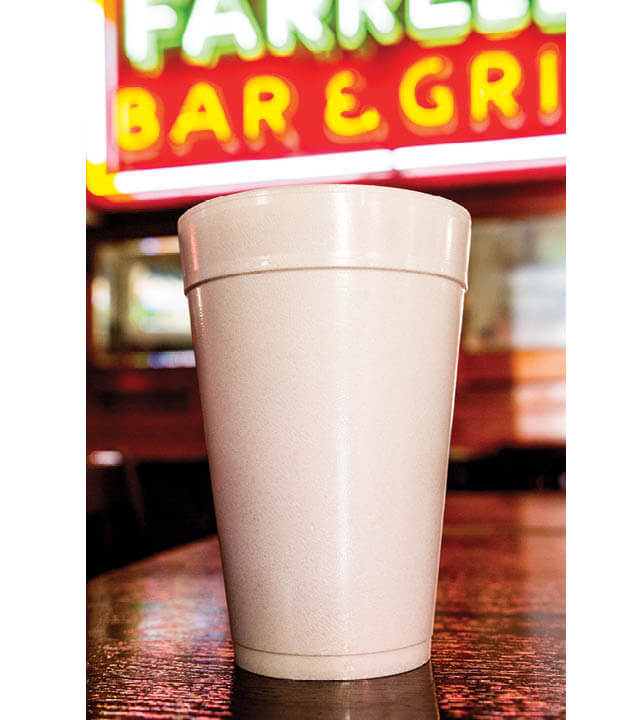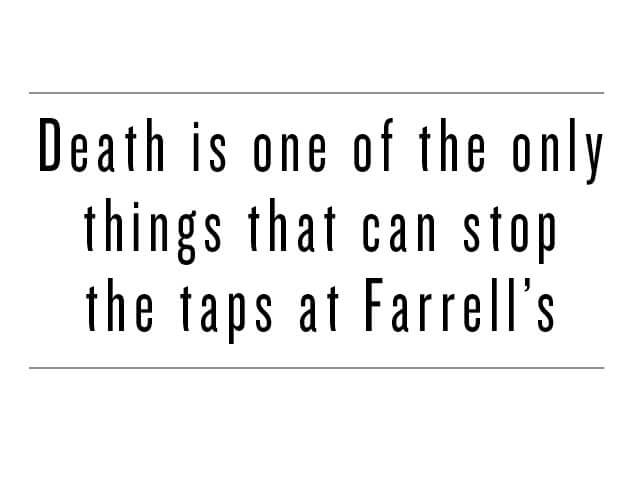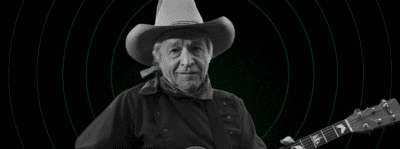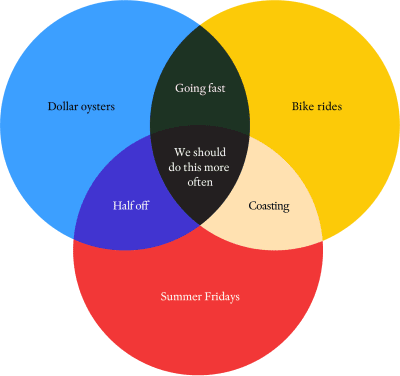All in the Family: Farrell’s Bar and Grill


Photo by Jane Bruce
There was a time before gentrifiers made it all the way to Ditmas Park that Irish and Italian gangs, with names like the Shamrock Boys and South Brooklyn Boys, warred around Prospect Park’s southwest and western borders. That was about when, a half century ago, Jimmy Houlihan started slinging drinks at Farrell’s, the venerable Windsor Terrace bar.
“I was born in the neighborhood,” says Houlihan, affectionately called Houlie by, among many others, the younger bartender—a 30-year veteran himself, but younger—that pointed me his way. (A still younger patron greeted Houlihan as “Mr. Houlie.”) My head pulses with a killer hangover, and at first I refuse a beer on the house for our short chat. Houlihan asks again, his jowls holding incredibly in place even as he cracks a smile. Sure, I say.
Twenty years ago, Houlihan, along with a pair of other longtime bartenders, bought the joint after the second-generation owner, Eddie Farrell, the founder’s son, passed away. “There was only really two,” Houlihan tells me, referring to the Farrell family and his own cohort of owners.
A changing city swirls all around Farrell’s, but little of the bar’s character was ever swept away by it. This is an old neighborhood bar, even as fewer and fewer of the old neighborhood’s denizens stick around. The working class residents of Irish extraction are thoroughly mixed with, if not outnumbered by, the strollers of professional young families priced out of nearby Park Slope. But Farrell’s remains an integral neighborhood establishment: Eddie Farrell was known to quietly help neighbors make rent or pay late bills, and Houlihan still runs fundraisers for the local parochial school. Good luck finding that in a trendy Park Slope bar.
The new neighborhood, the new city, however, is catching up with at least one of Farrell’s characteristic charms: its giant, 32-ounce styrofoam cups are on the way out. Farrell’s is one of only four bars in New York that still serves beer in cups like these.
It will be the end of an era. Decades ago there were cardboard cups, but the supply ran dry, so to speak. “They went out of business,” Houlihan recalls of the supplier, “and we got the styrofoam. And that’s been 30 years.” The cups even have their own idiosyncratic name: “containers.” It’s an anodyne label for such a monstrous beer vessel, but it’s what you ask for as far back as anyone remembers. Containers rest in stacks by the dozen next to the cash register, glimmering round towers of white begging to be filled and then emptied.
In January, though, Mayor Bill de Blasio finally followed through on an initiative launched by Michael Bloomberg to ban expanded polystyrene foam, or styrofoam. The Sanitation Department collected 28,500 tons of the stuff in 2014—a lot of weight for such light material—and, since it can’t be recycled, the styrofoam simply accumulates in landfills.
The ban starts this summer, but with a grace period of six months. “We got time to buy,” says the younger Farrell’s bartender, “It’s officially July, but I think they’ll give you ‘til January or something. It’s either going to be plastic or paper.”
Will the end of the foam containers mean an end to a spirit of tradition that permeates Farrell’s? Probably not. Whatever material the to-go cups are made of, there will still be to-go cups. And Farrell’s regulars know how to take advantage. At most other bars, a bartender or bouncer will come shoo you back into the bar if you wander out with a drink. But not at Farrell’s, not if you’re holding a container. They even offer lids and, perhaps with a little teasing, straws, if you want to take your beer all the way to Prospect Park, about a 30 second walk from the front door.
Or, with your sights set a little closer to a refill, you can take your container and walk right outside, stand by the brick wall, and happily drink and smoke to your heart’s content, in peace. No cop will ever bother you. It might have something to do with the clientele: Farrell’s has always been known as a gathering spot for hardhats, firemen, and cops themselves (dress uniforms abound on 9/11 anniversaries). I harbor a pet theory about the peculiar anarchies of cop bars, and the freewheeling attitude about drinking outside at Farrell’s amid a city where open container citations aren’t infrequent fits nicely.
Farrell’s reputation as a cop bar also sparks some skepticism about the potential effect of the styrofoam ban. When I asked an employee of one nearby business whether he thought Farrell’s would really do away with the styrofoam, he was dubious: “What’re they gonna do, call the cops?”
Death is one of the only things that can stop the taps at Farrell’s. The passing of Eddie Farrell, the last owner, closed the bar for a day. Vinny Brunton, a firefighter who moonlighted behind the bar (despite his promotions through the FDNY ranks) and whose picture is one of the few pieces of memorabilia on any of the walls, perished on 9/11. The bar closed for his memorial. Likewise when one of Houlihan’s co-owners, Danny Mills, committed suicide by jumping of the Verrazano-Narrows Bridge in 2008 after being diagnosed with a terminal disease. A sign was posted on the large, plate-glass window out front: “Farrell’s will be closed all day Thursday, October 23, due to a death in the family.”


And it does feel like a family. Young and old mix freely, evoking the charms (and pitfalls) of an after-Thanksgiving drink. Patrons talk and argue and watch the game together under the white-painted pressed-tin ceiling, surrounded by polished wood and burgundy paint. Everyone has nicknames for each other. They laugh and smile at inside jokes together. The elders have known each other longer than I’ve been alive. They brought their boys for sodas until they reached drinking age, then drank beers together.
Farrell’s is said to be the first bar in New York to get its liquor license after the end of Prohibition—“est. 1933,” says a sign hanging in the window. Another marker, the old neon over the corner door at Prospect Park West (Ninth Avenue to locals) and 16th Street, says “BAR & GRILL,” but Farrell’s hasn’t actually been a grill in god knows how long. That sign, however, is never going to change.
Jimmy Houlihan moved out to Long Island years ago, but still returns to Windsor Terrace, dons his green Farrell’s polo shirt, and pours beers twice a week. I ask Houlihan what’d changed in all his years around here. “The housing prices have gone up,” he replies. Was it all the yuppies, I wonder aloud? “I guess they don’t want to be called that,” he says, his crystalline blue eyes smiling in place of his mouth. “They want to be called ‘hipsters.’” I tell Houlihan I guessed that was me. Now he let go a proper smile.
This spring, after living in Windsor Terrace for five years, I moved away. My last month was March, which meant my last St. Patrick’s Day listening to the bagpipers warm-up across from my place on 16th Street, and dodging green-clad revelers just to get to the subway or, really, anywhere. Catty-corner from Farrell’s is the Double Windsor, my own local. It had been in the neighborhood almost exactly as long as I had, and its microbrews, hipper crowd and burgers kept me coming back. At least once a week I’d show up there. But I’d only ever set foot in the classic Irish bar on my corner once, all told.
On my last St. Patrick’s day in the Terrace, I watched through the Double Windsor’s window as neighborhood folks and destination drinkers piled in to Farrell’s. On big days, like that one, containers seem to litter the whole neighborhood, their half-smashed carcasses underfoot down the the 16th Street F train entrance stairs, doing anything but bio-degrading. For St. Patty’s Day, the open sidewalk gives way to a pen made up of police barricades. Here the cops do come, two of them stationed right outside Farrell’s door and a few others standing nearby, their barricades keeping patrons from wandering off the sidewalk like a herd of drunk, green cattle.
The crowd control might’ve been unnecessary: The regulars at Farrell’s tend to self-police. As the crowd dissipated on March 17, and the barricades were stacked together, I saw one brief scuffle erupt, but patrons quickly broke it up before one of the lingering cops even noticed.
Losing the styrofoam containers won’t be revolutionary—it will just be the latest adjustment at a place that clings to tradition, but where change comes nonetheless, however slowly, however late. “There is no jukebox,” reported New York in 1986, of Farrell’s. “The only beer is Budweiser—10,000 exceptionally cold and fresh drafts pulled every week and sold for 40 cents. There are no stools by the bar—‘If you can’t stand, you’ve had enough.’”
Virtually all of that is old information: Today, classic rock plays over the speakers; several beers are available; containers of Budweiser are six dollars; and a smattering of stools, though not nearly enough to line the whole bar, allow you to belly up while sitting down.
For its first four or so decades, Farrell’s didn’t serve women at the bar; they had to take a table at the back, and their “chaperones,” the men who brought them, ordered on their behalves. In the 1970s, the actress Shirley MacLaine became the first woman to be served at the bar by simply walking up and ordering one. “It was not confrontational,” said the writer and Windsor Terrace native Pete Hamill, MacLaine’s date that night, in an interview last year. “They gave it to her. The bartenders were not the old guys. They were younger. She got served, she had one drink and then we headed back to Manhattan.”
Houlihan tells me the policy on “unchaperoned women” officially ended in 1980. “Now when you look, there’s women at the bar,” he says, glancing around. A few of the fairer sex occupy a table at the back, but one woman indeed drinks with the dozen or so male patrons seated at the bar itself.
Other changes have slowly piled up, too. The original chipped and cracked tile floor, a holdover from when the location was an ice cream parlor before 1933, was only replaced in 2006 (leading to the longest closing, of several days, in Farrell’s long history). The bar didn’t serve bottles until 2000, only small 10-ounce glasses and containers. For liquor, there used to be only whiskey, but now one can get a variety of spirits, though not all of them. On a recent night, one visiting patron asked for six shots of tequila. “We don’t have tequila,” the bartender replied. The patron went with a safe bet: “Six shots of Jameson!”
“If you are not from Windsor Terrace, a blue-collar corner of Brooklyn just south of Prospect Park, you have probably never heard of Farrell’s,” the Times reported in 2006. A young man from Dublin named Gerry would beg to differ. On a recent evening, he showed up with a friend after arriving that day for their first trip in America. He’d been told about Farrell’s at his local pub back home by an older bargoer, Duffy, “a degenerate drunk, but he’s a Republican,” says Gerry.
Gerry and his companion made fast friends at Farrell’s. They chatted with, among others, Sean Scaglione, another neighborhood native who, despite his last name, plays bagpipes. Scaglione’s mother hailed from the same hamlet on the outskirts of Dublin as did Gerry and his buddy.
And then there was me and my two friends, a filmmaker and another journalist. We chatted with Gerry, too—he bought three of those Jameson shots for us—and exchanged cringing glances with the bartender as Gerry broke into bellowing solo renditions of Irish songs. The opening lines of one of them, however, seemed appropriate enough, even if the lyrics would go off the rails from there:
As I was goin’ over the Cork and Kerry mountains
I saw Captain Farrell and his money he was countin’
The business at Farrell’s rarely booms, but the place consistently hosts a raft of customers from the early afternoon hours until closing, young and old, male and female. Talking with Jimmy Houlihan a few nights after I ran into Gerry, he doesn’t seem worried at all about the impending ban on styrofoam. Or, for that matter, the changing neighborhood. “Different neighborhood,” he says, “but still good people.” Now that I’ve been to Farrell’s a few times, chatted with patrons and bartenders alike, I guess that might’ve been me, too. ♦
Follow Ali Gharib on twitter @ali_gharib
You might also like 




















